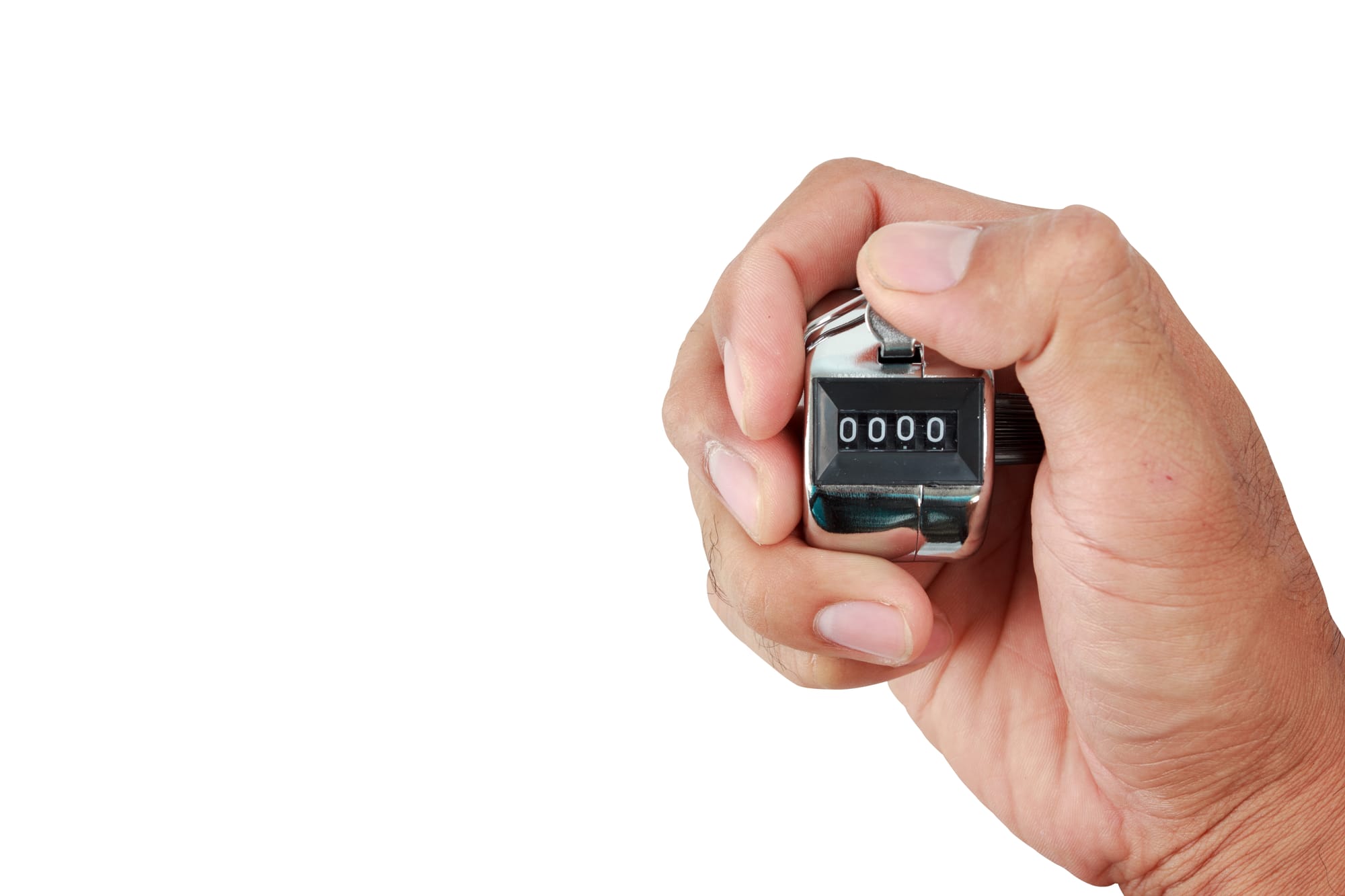Whenever you launch an email campaign, it’s important to remember just how time-poor most recipients are. If they open a long email, chances are they won’t bother reading it. Too short, and it won’t look serious. You’ll inevitably ask, “How long should a marketing email be?” Is there a quick answer? No.
There’s a lot more to the length of a marketing email than simply word count. Getting the flow and reading time right in an email can directly influence click-through rates and conversion rates.
In this article, we’ll share insights into the factors influencing the optimal email length. You’ll also learn methods to create emails that aren’t only read but encourage action.
- Industry standards and trends
- What makes the ideal email length?
- Actionable tips to craft the perfect email.
The Importance of Marketing Email Length
When you send an email that’s concise and well-crafted, you demonstrate that you respect the reader’s time and understand their attention span.
Engagement and Deliverability Impact
The numbers don’t lie. Investigate key performance email marketing metrics, and you’ll see that email length matters. Shorter emails almost always have better engagement. Their easy-to-digest nature makes them more accessible, especially for mobile users. That said, there needs to be a balance. If the email is too short, you risk missing out on the opportunity to share your message or skipping a call-to-action.
The Reader’s Perspective
The reader wants to understand the point almost immediately when opening an email. If they have to dig for it, they feel like they’re wasting their time. Emails need to quickly get the information across in a relevant way. Higher engagement metrics in your email analytics dashboard will indicate a good email length.
Understand the Context
Some audiences won’t always respond well to a short email. You need to ensure that you understand your audience and what their preferences are. Not only will this help you find out the best length for your email, but also the best content.
Industry Standards and Trends
The length of a marketing email varies as much as industries vary from each other. What is gospel in one won’t be acceptable in another. Consider retail sector emails. They are often short and sharp, with a focus on call-to-action. B2B and academic emails may focus more on longer lengths of copy with detailed information.

The Evolving Shortening
As the world has shifted more toward mobile communication, email has also shifted toward brevity. Mobile users want easily consumable content, and this shift reflects that.
Multiple studies have revealed some fascinating email marketing statistics. Some major providers, such as HubSpot, ZeroBounce, and CampaignMonitor, found that the ideal copy length for a marketing email is between 50 and 125 words.
125 words really isn’t that many. Especially if you want to share a full marketing message, but the figures show that between 50-125 words has an increase in response rate of 50%.
Visual Elements and Text Balance
An important element to consider is how using images or video can influence the length of an email. They say a picture paints a thousand words, and while that doesn’t affect word count, it does help break up long lengths of text. Including visual elements means you avoid walls of text.
They aren’t always appropriate, though. As always, consider your audience and industry.
Remove the Guesswork with Testing
If you’re unsure, spend some time testing rather than guessing. A/B email testing is a foolproof way of determining what your audience prefers. Keep everything the same, but shorten one email. Send two versions to the same amount of recipients and then compare the results. The email with better results is your answer.
Practical Tips for the Perfect Email Length
These tips are designed so that you can implement them into your email creation immediately. Follow these, and you’ll be adhering to best practices.
- Get to the point: Share the purpose of the email immediately. In the first couple of lines, clearly demonstrate the value you can give to the reader.
- Prioritize key information: Many readers will scan upon first receipt. Make the key information easy to spot. That might mean using headers and bold.
- Use bullet points and lists: Bullet points make things far easier to read, as do numbered lists.
- Incorporate white space: Use spacing to build white space between paragraphs and sections. This dramatically improves readability.
- Balance text with visuals: Use images and graphics to break up text if appropriate. Only ever include them if they bring some value to the reader.
- Keep paragraphs short: Short paragraphs with few sentences increase reader engagement and improve readability.
- Always finish with a strong CTA: Tell the reader what you want them to do next. Whatever that might be, ensure the CTA is highly visible and easy to complete.
- Consider mobile users: Most emails are still written using desktop machines, so it’s easy to leave mobile users as an afterthought. Don’t fall into this trap. Keep them in mind and write appropriately.
Key Takeaways
How long should a marketing email be? The answer lies with your audience. Try to find a balance between rich content and concise presentation.
- Consider the purpose of your email. Promotional emails should always be shorter than informative or educational emails.
- Send some tests to your audience to see what is best received. Then, implement the best results.
- Don’t get too focused on word count. Put yourself in the recipient’s shoes and do what feels right.
Once you’ve written the email, it’s time to send it. Manual sending is fine if you’re sending a handful of emails. But what if your marketing campaign needs to send thousands of emails with multiple-step sequences?
That’s where you need a quality email marketing tool. Instantly can help you every step of the way. Start today by signing up for a free trial.




